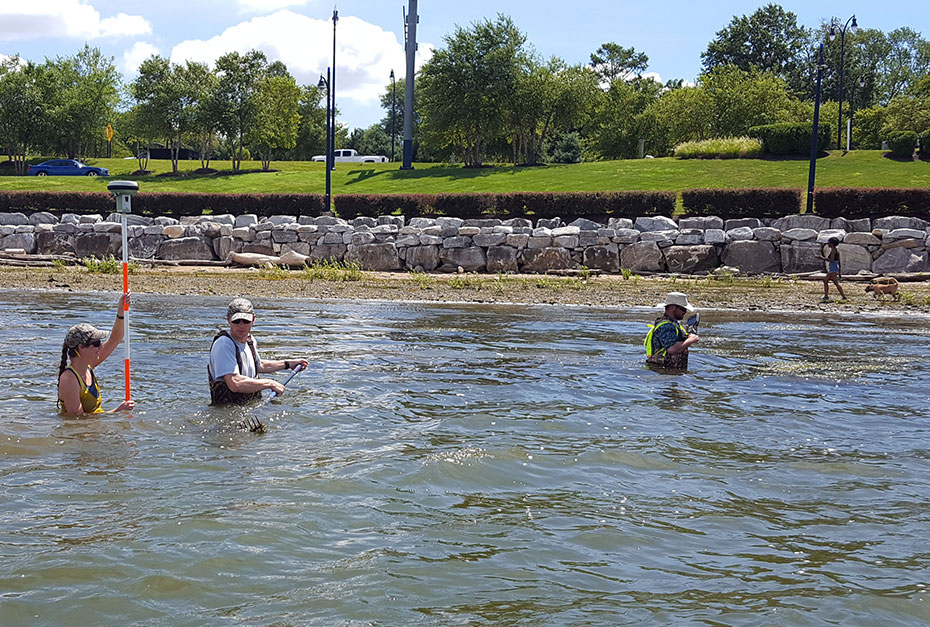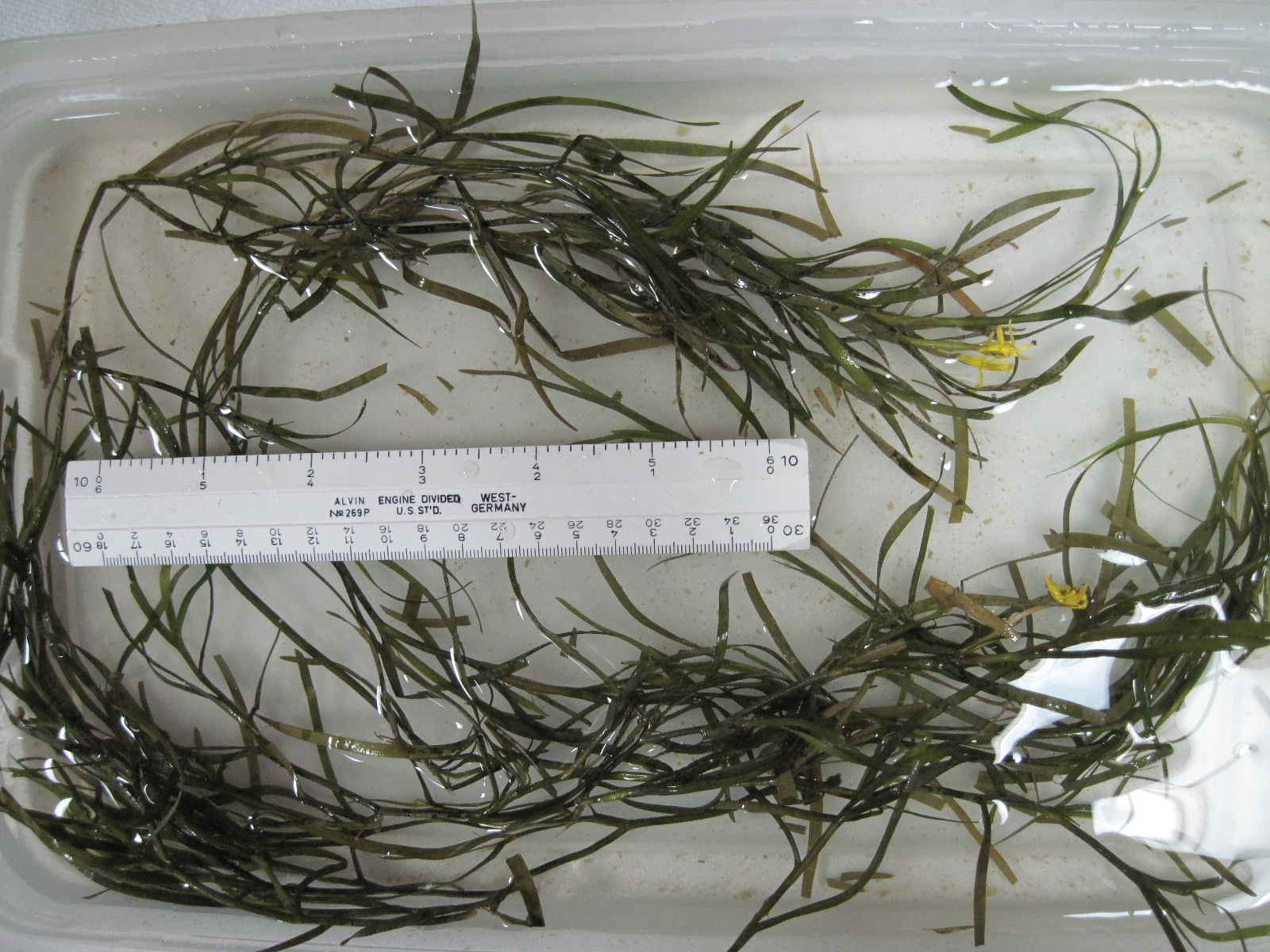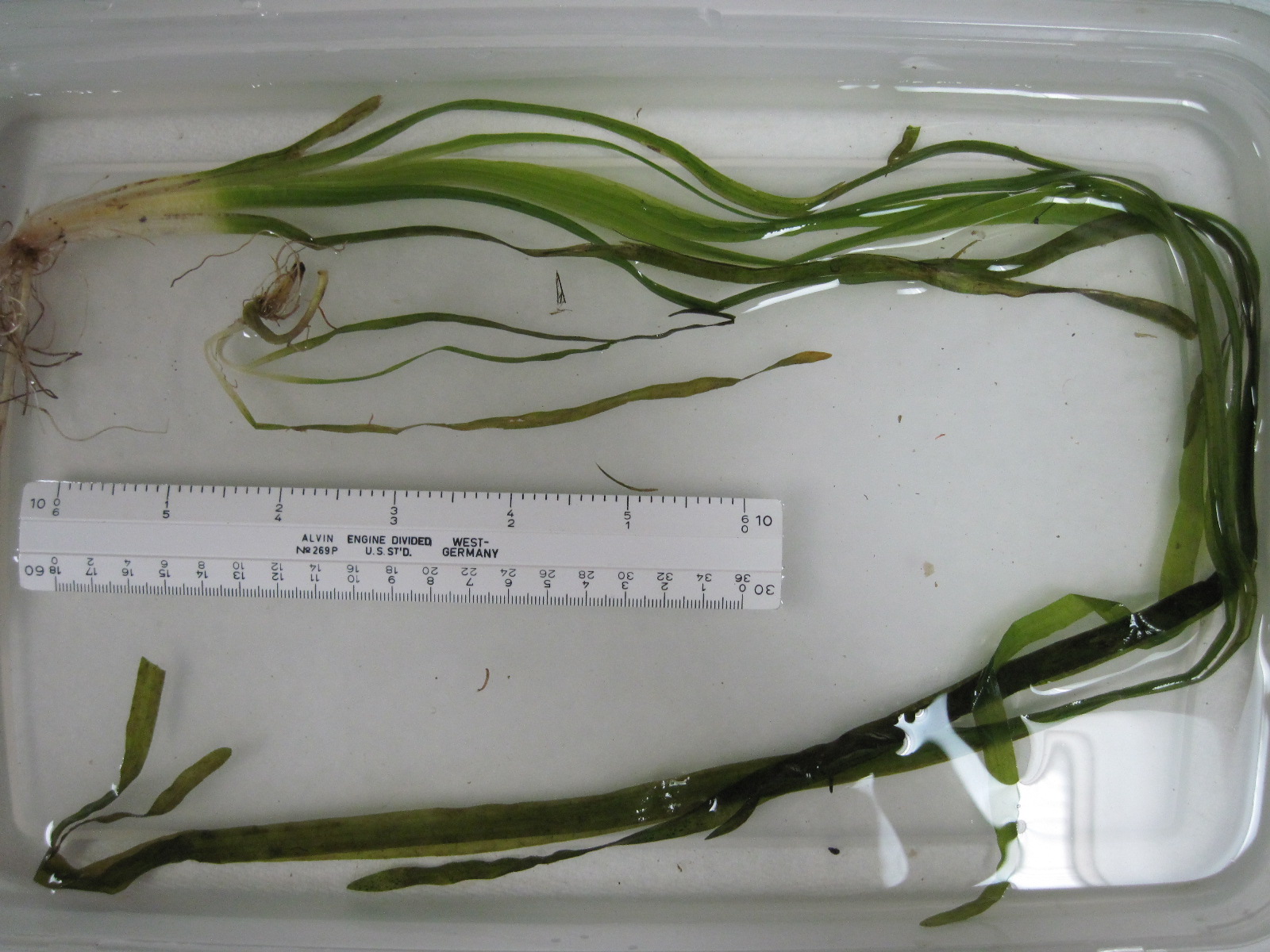The recommended survey windows are approaching for submerged aquatic vegetation (SAV)! If you are working on a project that impacts tidal waters – such as boat piers, docks, marinas, or channel dredging – you are likely required to document the presence or absence of SAV on your project site to determine whether compensatory mitigation is required. The National Oceanic and Atmospheric Administration (NOAA) Chesapeake Bay Office recommends two windows for conducting field surveys: May 15 through June 15, and July 15 through September 15. These two windows allow surveyors to locate different species that may only be present during these timeframes.
Why are SAV Surveys Necessary?
The Virginia Marine Resources Commission (VMRC) regulates nearly all the subaqueous areas or ‘lands under the water’ of Virginia, including all tidal waters. VMRC also regulates streams with drainage areas in excess of 5 square miles, and SAV is often found in large non-tidal streams. With this regulation, all project activities over, under, or on these areas require a permit from VMRC and may require compensatory mitigation for any impacts to SAV. Section I.C.3 of the VMRC Subaqueous Guidelines states that “should a permitted project result in a loss or impact to submerged aquatic vegetation (SAV), compensatory mitigation may be required. This may include transplantation of SAV from the area of impact or planting of a new area.”
In some instances (such as large-scale projects), Virginia Institute of Marine Science (VIMS) mapping data may be sufficient to determine the presence of SAV beds. VIMS mapping may not be suitable for many projects (docks, shoreline enhancement) or may not cover the area of concern (e.g., the upper Potomac River or the Shenandoah River), and therefore site-specific surveys must be completed. Additionally, site-specific surveys may be needed to better determine species composition and density.
Maryland also regulates SAV as part of tidal wetlands under the Code of Maryland Regulations (COMAR) 26.24. If your project is near the tidal Potomac or other tidal tributaries of the Chesapeake Bay, you need to know if your project has the potential to impact SAV so you can comply with Maryland regulations.



